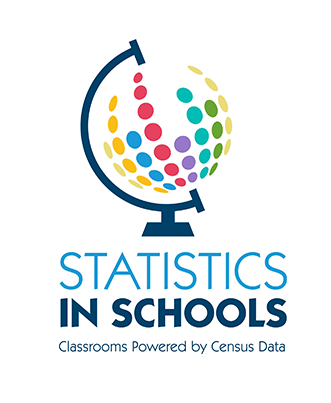Geographic Mobility in the United States - 1920-1950
Activity Description

Students will examine maps to explore changes in population density in the United States during three decades: 1920–1930 (Post-Progressive Era), 1930–1940 (Great Depression), and 1940–1950 (World War II). They will then determine what happened during each decade that likely influenced geographic mobility. Students will also examine a map of more recent population data (for 2000–2010) to understand trends in population movement.
Suggested Grade Level
9-10
Approximate Time Required
45-60 minutes
Learning Objectives
- Students will be able to analyze, compare, and interpret maps on U.S. population density from three periods in the early 20th century.
- Students will be able to understand how events during these three periods affected geographic mobility.
- Students will be able to understand more recent trends in population movement.
Materials Required
- The student version of this activity, 3 pages
- A computer with Internet access for each student
A teacher computer with Internet access and a projector to display web sites is optional.
Activity Items
This activity uses the following online tools:
- Before and After 1940: Change in Population Density
www.census.gov/dataviz/visualizations/010
- Population Change by Decade, 1910–2010
www.census.gov/dataviz/visualizations/049
Teacher Notes
Blooms Taxonomy
Analyzing


Students will analyze how events during three periods of U.S. history affected geographic mobility.
Subject
High School History
Topics
- Data visualizations
- Geographic mobility
- The Great Depression
- Migration
- Population density
- Post-Progressive Era
- World War II
Skills Taught
- Analyzing change over time
- Comparing and contrasting
- Making predictions
- Reading and interpreting maps
Page Last Revised - December 16, 2021




